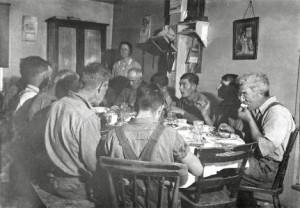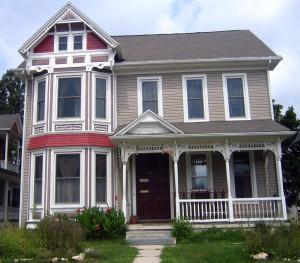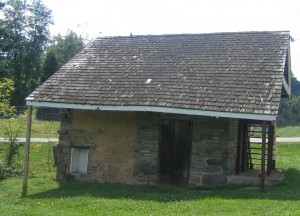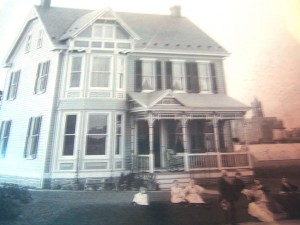Everyone is talking about the 1940 census, so I thought I would talk a bit about it. This census was released by the National Archives on April 2, 2012. It was the first online release of a census by the Archives ever. Currently it’s browsable by enumeration district, but not searchable by name—however there is an indexing process happening which I’m happily volunteering for.
This census is exciting to me for two reasons. One is that most people can think of the name of someone alive in 1940. When I help people with their genealogy starting with 1930, they sometimes struggle. 1940 will make it that much easier. Second is the data. In 1940 new questions were asked that had not shown up on a census before:
- Residence five years prior.
- Annual salary, hours worked per week and weeks worked per year.
- Highest grade attained in school.
- There’s also a whole host of supplemental questions that they asked 5% of the population.
The first family member I found was my maternal grandfather at age 18, in York, Pennsylvania with his parents and siblings. While they didn’t own their house, they did rent it for quite a while so were in the same place they were in 1930; finding their enumeration district was easy. My great-grandfather was 42, had made it to 7th grade and was a trolley car driver making $1200 annually. Their house cost $20 a month where he lived with his wife and the 8 children left at home. The eldest two were already married and living elsewhere in York.
My great-grandfather’s mother was living nearby with her youngest son–he was supporting her as a bookkeeper for a “utility” making $1040 annually. He was 20 years younger than my great-grandfather and I don’t know much about him, except that in 1966 he was listed in the Gettysburg newspaper for having worked for Metropolitan Edison Company for 29 years. This must be the utility he was working for in 1940. I already knew that my great-great grandfather worked for Edison, as an electrician so this makes sense. It’s fun to piece this all together.
I’ve just scratched the surface of the 1940 census. I’ve been finding my Massachusetts family and some of my Alabama family, too. Comparing the salaries, education, and cost of housing is fascinating. Once I’ve found all of my grandparents, I’ll post about that.



